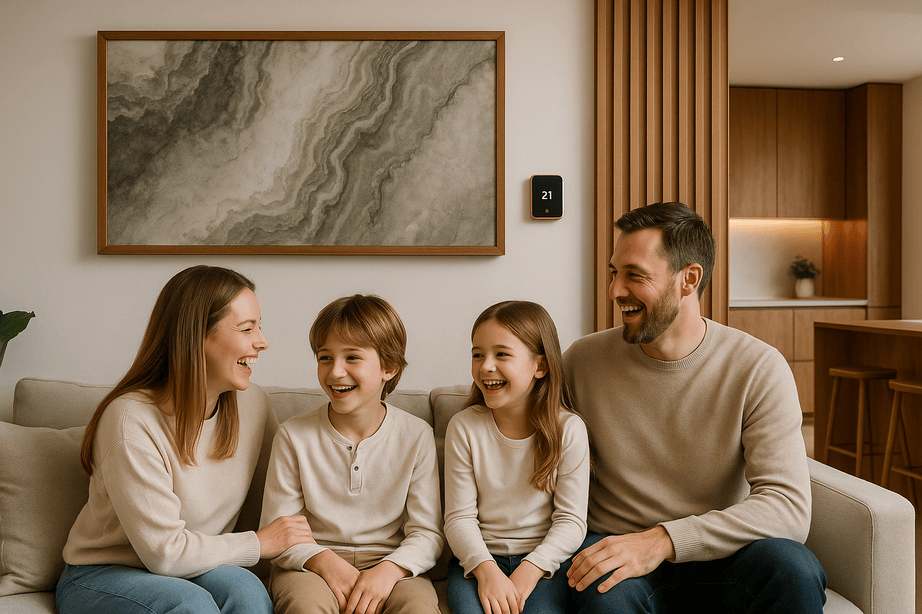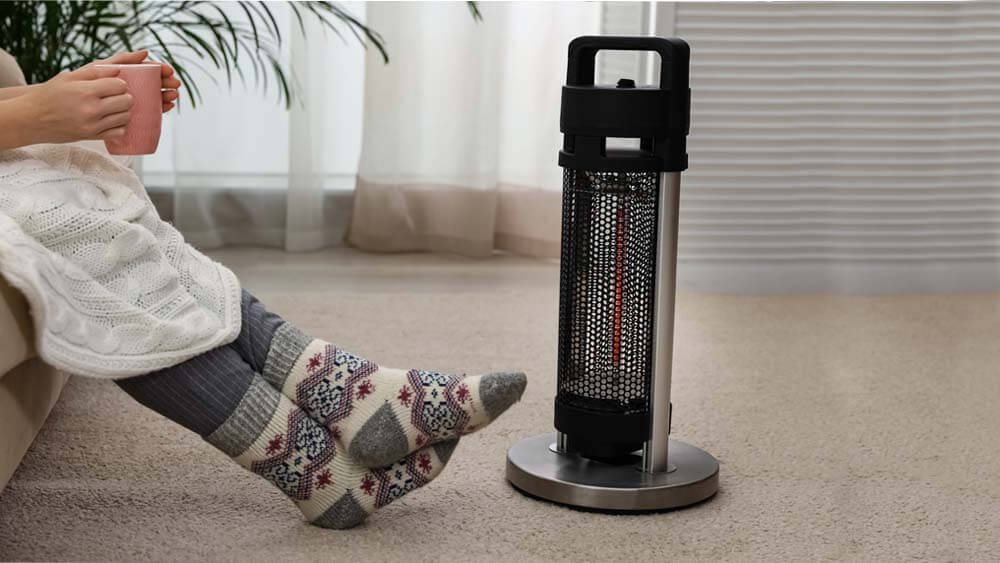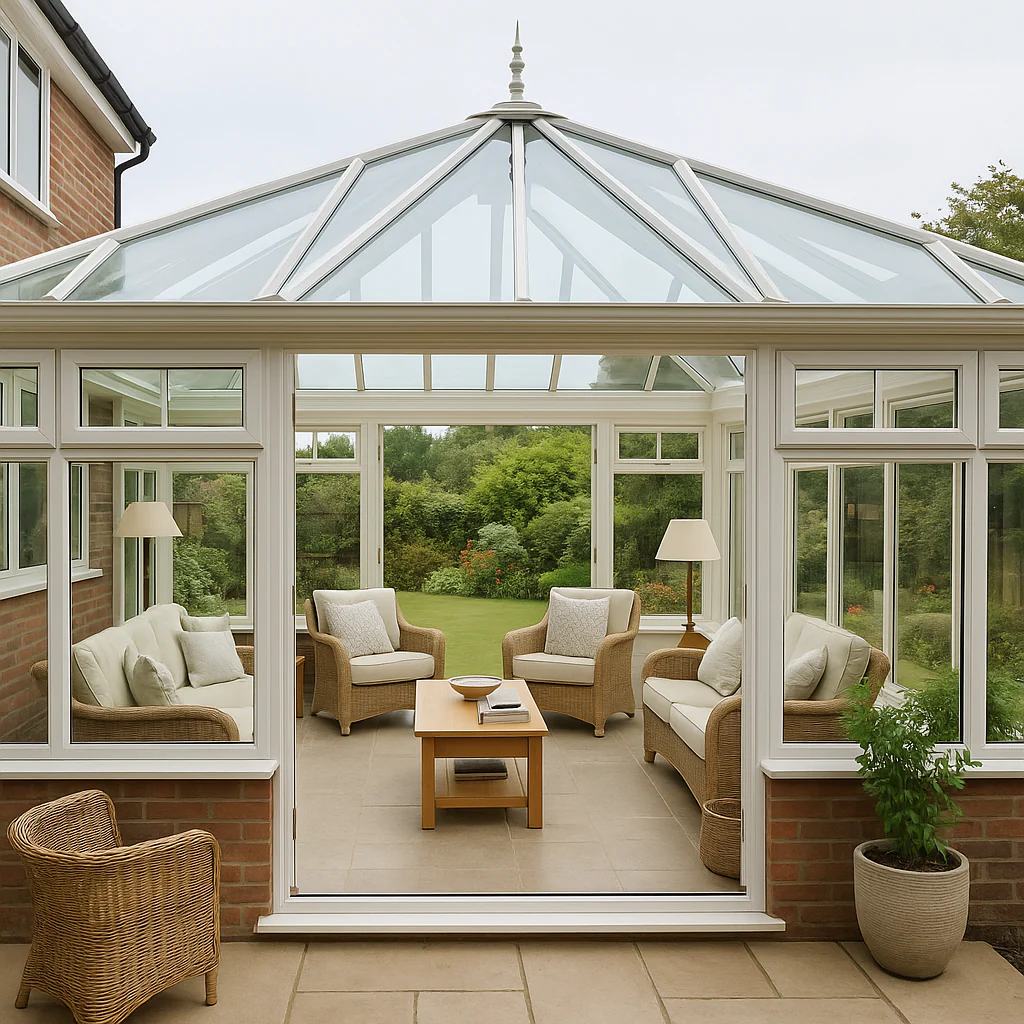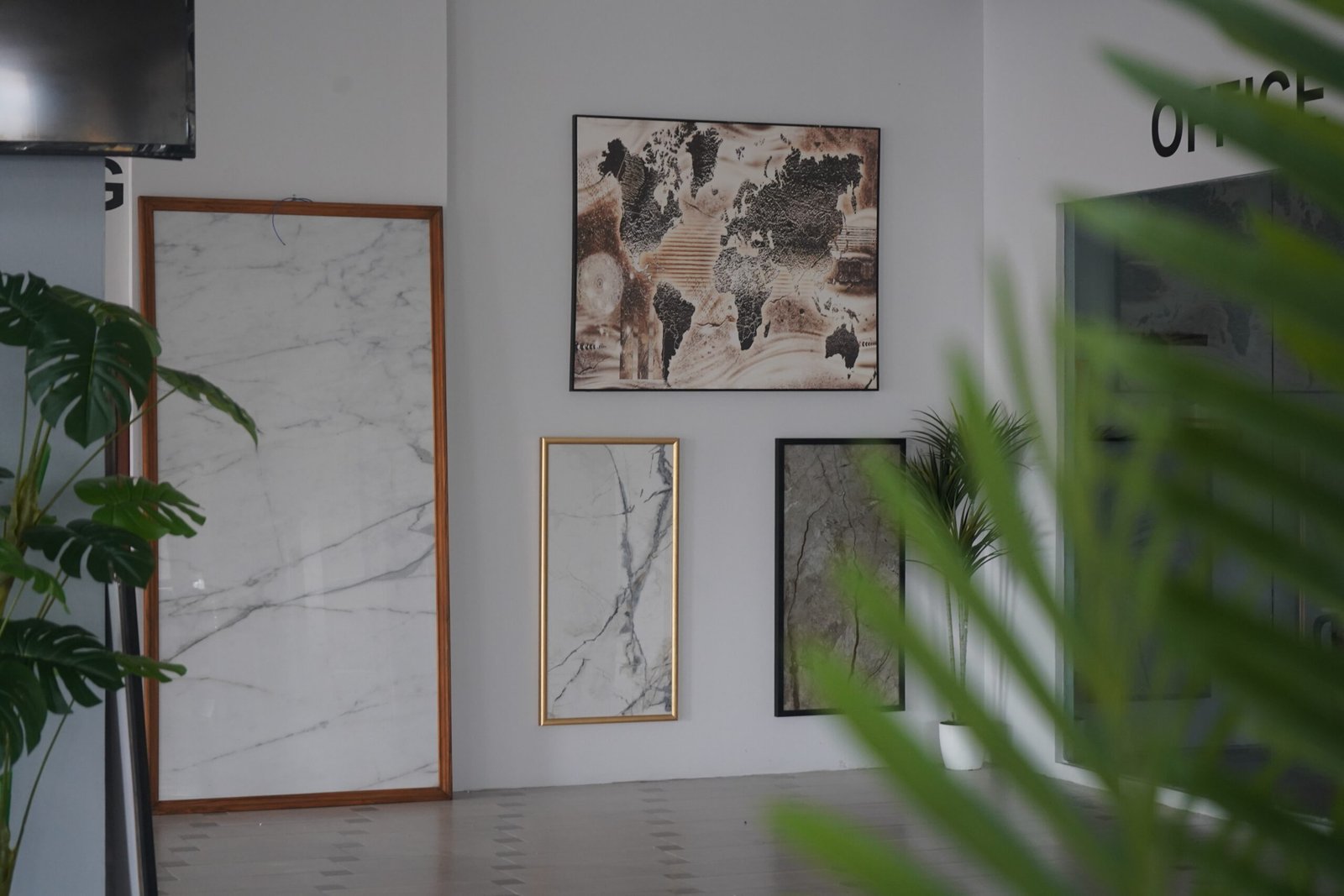Indoor Heating for a Healthier Home: Why Infrared is the Future

Introduction: Rethinking Home Heating
Across Europe, and especially in Scandinavia, families are rethinking how they heat their homes. Rising energy costs, environmental concerns, and health awareness are making people question traditional options like radiators, heat pumps, and district heating.
At the same time, interest in indoor infrared heating is growing rapidly. Search terms like new heating solutions and best heating system reflect a demand for alternatives that are efficient, safe, and sustainable.
This article explores why infrared technology is emerging as one of the smartest choices for modern families — particularly those with children.
Why Indoor Infrared Heating is Different
Unlike conventional systems that heat the air, infrared heating panels work by emitting long-wave infrared radiation. This warms walls, floors, furniture, and people directly, much like the natural warmth of the sun.
This difference brings several unique benefits:
-
Lower energy consumption: Heat is stored in surfaces and released gradually, minimizing fluctuations.
-
Immediate comfort: You feel warm quickly, even if the air temperature is lower.
-
No circulation of dust or allergens: Because air isn’t constantly moving, the indoor climate is cleaner and healthier.
-
Stable humidity levels: Prevents the dry air often associated with conventional radiators.
For families with young children, these qualities make infrared heating a safer and healthier choice.
Heating for Children: Safety and Health First
Parents often search for terms like heating for children or safe heating systems. Why? Because traditional systems can carry risks:
-
Radiators and space heaters can become dangerously hot to the touch.
-
Forced-air systems circulate dust and allergens, which can aggravate asthma or allergies.
-
Uneven heating leads to cold floors and drafts, making playtime uncomfortable.
Infrared heating panels eliminate many of these issues:
-
Surface temperatures remain safe, reducing burn risks.
-
No moving air = less dust, pollen, or bacteria spread.
-
Gentle, radiant warmth feels natural and comfortable, even for sensitive children.
-
Panels can be installed discreetly on walls or ceilings, out of reach of little hands.
For parents, this means peace of mind alongside lower energy bills.
Infrared vs. Heat Pumps: What’s the Difference?
Heat pumps are popular in Scandinavia for their high efficiency (COP 3–5). They work by extracting heat from outdoor air or the ground and transferring it indoors. But they come with limitations:
-
Performance drops in very cold weather.
-
They require regular maintenance and service.
-
Noise and visible indoor units can be intrusive.
-
Installation costs can be significant.
Infrared heating panels, on the other hand:
-
Perform consistently regardless of outdoor temperature.
-
Have no moving parts and require virtually no maintenance.
-
Operate silently.
-
Are slim, discreet, and often designed to complement modern interiors.
Independent tests (e.g. BSRIA UK) have shown that SunWave’s patented infrared panels use up to 80% less energy than A+++ systems, including heat pumps, when installed in a normally insulated space.
Infrared vs. District Heating
District heating is widely used in many Swedish and Nordic cities. It is reliable and efficient on a large scale, but it has drawbacks:
-
Lack of flexibility: homeowners cannot easily control or scale their heating.
-
Connection fees and infrastructure costs can be high.
-
Heat distribution can be uneven in older buildings.
Infrared heating panels offer a flexible, room-by-room alternative. They can be used as the main system or as a complement, giving homeowners more control over comfort and energy use.
A Modern “Best in Test” Heating Option
It’s no surprise that many consumers search for best heating system or best heating solution in test. Infrared heating often ranks high in independent comparisons because of its:
-
Energy savings: lower bills and reduced emissions.
-
Design: slim panels that blend with any interior.
-
Comfort: even warmth without drafts.
-
Safety: especially suitable for homes with children.
-
Sustainability: 100% electric, making it ideal to pair with solar energy.
This makes infrared heating not only a cost-effective solution but also a future-proof one.
When to Consider a New Heating Solution
If you’re currently evaluating a new heating solution for your home, here are some situations where infrared panels make particular sense:
-
Renovating or upgrading an older property.
-
Adding a new room or extension, like a home office or playroom.
-
Families with children or sensitive individuals who need a healthier indoor climate.
-
Homeowners looking to reduce dependency on fossil fuels or district heating networks.
-
Those planning to integrate with renewable energy sources like solar panels.
Conclusion: Heating Built for the Future
Infrared heating is not just a trend — it’s a fundamental shift in how we think about indoor comfort. By directly warming people and surfaces, it reduces energy use, improves health, and offers unmatched safety for children.
Compared to heat pumps, district heating, and conventional radiators, infrared panels from SunWave Sweden combine efficiency, design, and flexibility in a way that sets a new standard.
👉 Learn more about our patented technology and see how it could transform your home: SunWave Sweden – Infrared Heating.
Explore Our Latest Insights
Discover tips and trends in eco-friendly IR Heating Panels.





